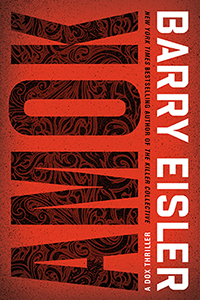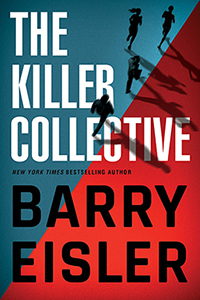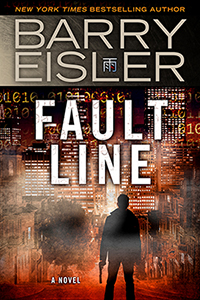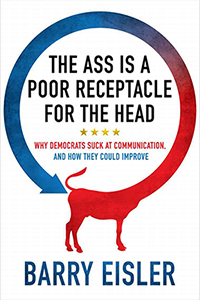A theory:
A year ago, Biden was polling nationally in first place. But a significant amount of his support was coming from people who supported him because of a belief in his “electability.” As soon as the myth of Biden’s electability was punctured, the bubble burst, and Biden’s polling numbers collapsed.
Sanders is the opposite phenomenon. For substantive reasons, a lot of people wanted to support Sanders, but hesitated because they were afraid he wasn’t sufficiently electable. And as Sanders began to raise unprecedented amounts of money from small-dollar donations, rise in the polls, perform strongly in debates, and win the popular vote in Iowa and then in New Hampshire, people who previously doubted his electability began to support him.
If I’m right about this phenomenon, Sanders is only at the beginning of a virtuous cycle. His massive win in Nevada—despite all establishment attempts to stop him—is going to draw even more supporters who had previously hesitated because of electability concerns. And as electability concerns are increasingly replaced by a belief that “Sanders could actually win this,” and as “Sanders could actually win this” is replaced by “Sanders is going to win this,” he is going to become unstoppable, no matter how much the Democratic establishment and the establishment media throws at him.
Of course I could be wrong; having watched innumerable television “experts” humiliate themselves prognosticating, it’s best to be humble about how much one might be missing.
But at this point, this is how I see it.
By the way, I got some of the idea for this post by a fascinating business book I read years ago—Crossing the Chasm: Marketing and Selling Disruptive Products to Mainstream Customers—about how a new technology first attracts early adopters before crossing over to mass-market appeal.
A year ago, Biden was polling nationally in first place. But a significant amount of his support was coming from people who supported him because of a belief in his “electability.” As soon as the myth of Biden’s electability was punctured, the bubble burst, and Biden’s polling numbers collapsed.
Sanders is the opposite phenomenon. For substantive reasons, a lot of people wanted to support Sanders, but hesitated because they were afraid he wasn’t sufficiently electable. And as Sanders began to raise unprecedented amounts of money from small-dollar donations, rise in the polls, perform strongly in debates, and win the popular vote in Iowa and then in New Hampshire, people who previously doubted his electability began to support him.
If I’m right about this phenomenon, Sanders is only at the beginning of a virtuous cycle. His massive win in Nevada—despite all establishment attempts to stop him—is going to draw even more supporters who had previously hesitated because of electability concerns. And as electability concerns are increasingly replaced by a belief that “Sanders could actually win this,” and as “Sanders could actually win this” is replaced by “Sanders is going to win this,” he is going to become unstoppable, no matter how much the Democratic establishment and the establishment media throws at him.
Of course I could be wrong; having watched innumerable television “experts” humiliate themselves prognosticating, it’s best to be humble about how much one might be missing.
But at this point, this is how I see it.
By the way, I got some of the idea for this post by a fascinating business book I read years ago—Crossing the Chasm: Marketing and Selling Disruptive Products to Mainstream Customers—about how a new technology first attracts early adopters before crossing over to mass-market appeal.
























